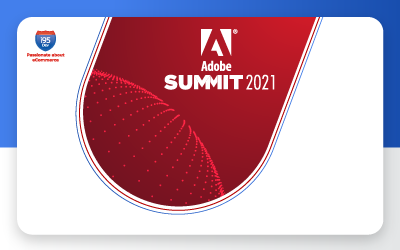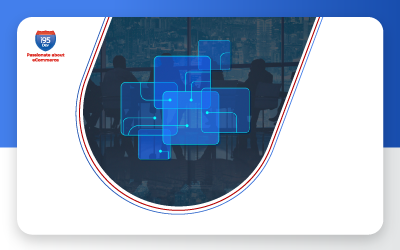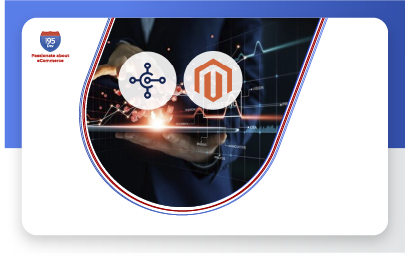High customer acquisition costs can soon make your business unviable. In the current world of, highly competitive and dynamically changing, e-commerce, it is imperative to get a hold on some of the associated customer acquisition costs and see what can be improved. The art of keeping the rising levels of customer acquisition costs well under the expected revenues from such future customers has to be mastered.
To do that, the most important thing is to understand is what contributes to the customer acquisition cost. The direct costs are relatively easier to monitor and control, however, the indirect costs or overhead costs is where most of the e-commerce managers’ battles lay. To get a hold on how the indirect costs can be measured, allocated and controlled, one of the several efficient ways is to adopt and follow an Activity Based Costing system.
Put simply, Activity Based Costing is a tool for allocating overhead costs to cost objects (the e-commerce products, services, and/or customers). While there are quite a few techniques available to monitor such costs, here are 7 quick steps that one can adopt to accurately identify the cost of customer acquisition and to evaluate if the cost of customer acquisition justifies the expected revenues in the future.
1) Segregate your Customers
This could be done based on the duration that the customer has been a patron for the e-commerce business. A typical example would be
- New customers less than 3 months old.
- Short term customers less than 6 months old.
- Mid term customers less than one year old.
- Long term customers more than one year old.
The customer grouping can vary for different industries as the case may be.
2) Detail the Major Business Functions or Activities
There is no limit on the number of activities, but it is recommended to identify less than 10 major business functions. Some examples could be:
- Shipping process
- IT maintenance (website, server etc)
- Customer support process
- Order cycles
- Procurement cycles
- Quality inspection
- Marketing
- Legal
3) Identify major Cost/ Expense Categories
From the recent periodical financial statements, you could either choose Monthly or Quarterly or whatever period that is appropriate for your business, identify all the major cost or expense categories. Some examples are:
- Office expenses
- Shipping costs
- Admin costs including any salaries
- Sales and Marketing costs
- Consumables costs
- Infrastructural costs like rent, utilities etc.,
- Software licensing costs
- Cost of hardware
4) Develop an Activity Dependence Matrix
Develop a Cost/ Process/ Activity Dependence Matrix as outlined below – this is basically a matrix depiction of the costs allocated to processes based on a formula (e.g, floor space, no of people, time spent etc., are examples for the factor)

Note – the cost numbers above are for illustration purpose only.
5) Develop a Process/Activity Product Dependence Matrix
This is a matrix of the overhead costs mapped to the cost object – in our example, the customer classification as done in step 1.

6) Calculate the Total Product Cost
For each of the customer classifications that were done in step 1, add up the product direct cost to the total overhead costs calculated in the previous table to arrive at the product cost for each product group.

7) Calculate Net Profit
And finally, using the same financial reports, bring over the revenues for the period in consideration and deduct the product costs from the revenue to arrive at the net operating profit or profitability for each customer classification.

From the above table, in the given example, it is quite clear that customer acquisition costs are actually on the higher side for the company. This clearly indicates towards the need to rethink on some of the costs across various business functions, or the need to look for alternate customer acquisition models than the existing ones.
However, such a study should be done over a period of time rather than one period to remove any inconsistencies in market behavior or costs. This kind of an early warning system, with the help of activity based costing, in the early stages will help in planning optimum customer acquisition strategies that can contribute to healthy revenue-cost ratios. And more importantly, if the data of the business resides in a backend ERP system, with an eCommerce front-end model, the need for tight and accurate integrations between the two systems is of paramount importance (considering the inputs are from several data systems).
Please note that the above Activity Based Costing for eCommerce businesses is only applicable to small to medium businesses. Additionally, this is one of the several models to compute costs and the numbers used are only for illustration purposes.


















